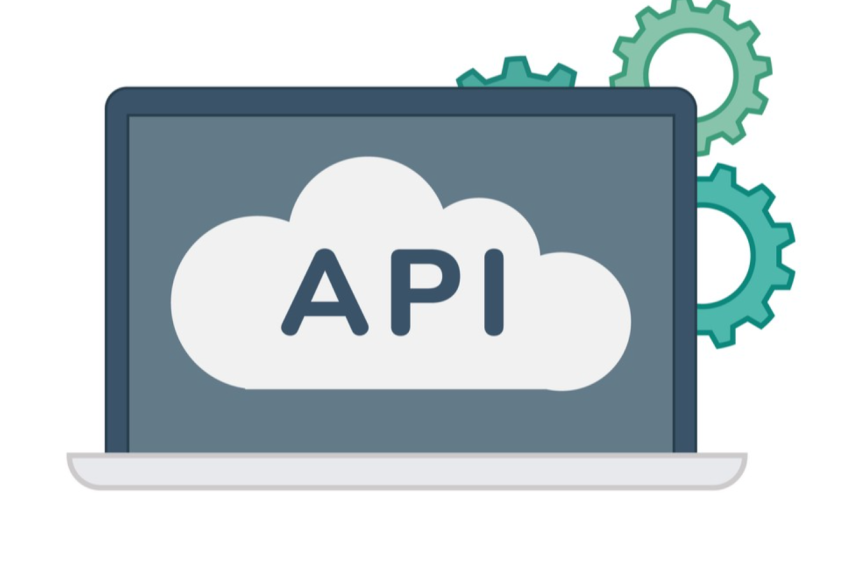Companies spend anywhere from hundreds to millions of dollars a year on advertising every year in an attempt to convert visitors into customers. This landscape has gone through some dramatic changes over the last decade, especially with consumers becoming more concerned with privacy. In the past, companies have relied on cookies to track customer behavior, but due to ad blockers, browser restrictions, and VPNs, this tool is becoming unreliable. To overcome this issue, many companies are moving away from cookies and are turning to Conversion APIs. This way companies can respect privacy concerns, but still capture key events when a visitor interacts with your product. This is still a rapidly evolving space and may seem confusing to businesses new to Conversion APIs. Don’t worry because we have you covered below as we explain how to directly manage your data with Conversion APIs.
What is Conversion API?
In the past, businesses relied solely on Facebook Pixel to track their ad performance, also known as the Meta Pixel, which is a piece of code you put on your website. This piece of code allows data teams to retarget visitors, monitor conversions, and gain important insights within the customer funnel. This helps business leaders, and their teams make more informed decisions, personalize ads for potential customers, and create a deeper relationship with their consumer base. However, cookies are slowly becoming a thing of the past, and Conversion APIs rose to prominence to fulfill customer needs while respecting their privacy.
Facebook Conversion API is one of the most popular tools that gives data teams to share web and offline events. There are plenty of Conversion APIs out there to fulfill your business needs and align with your goals. Data is given directly to the server, so you no longer have to worry about connection problems, ad blockers, connection problems, or browser restrictions. This is server-side API, which gives each website visitor a unique ID and allows the server to track users’ data. You’ll be able to see what links are most frequently clicked valuable event data such as abandoned carts or links clicked. Other major social media platforms have rolled out Conversion APIs or are in the process of developing one. Tiktok has Events, Google has Enhanced Conversions, Snapchat has Conversions API while Twitter has a private beta Conversion API.
Getting Started
Conversion APIs are reliable, but are somewhat time-consuming. However, if you choose the right architecture and carefully go about the setup process, you can reduce the time. The easiest way to sync conversion data with Conversion APIs is through the process of Extract, Transform, Load (ETL). Reverse ETL is a reliable data integration process that copies data from a data warehouse or data lake into a single yet consistent data store. You simply provide access to tables, columns, and identifiers within your data warehouse and the platform. Afterward, you schedule the sync and you’re done. You can accomplish this task by using platforms such as Census, Hightouch, or Seekwell. There are also plenty of documents and videos to help you get started on the major social media platforms as well.
Benefits of Conversion API
Conversion API comes with a wide array of benefits that could help any business take their ads to the next level. Data teams will have increased data control, improved accessibility, and share data events in real-time. Another great benefit is the ability to track events both offline and online events unlike the conventional web pixel. You can track your buyer’s very first click all the way through to the purchasing event. Businesses can see what products are performing well and make changes in other arenas.
Another beneficial feature that’s appealing is data accuracy. Data accuracy is important for companies looking to keep their data fresh. Since data is shared directly with the server, data stays accurate on a more consistent basis. Faster webpage load times are another key benefit of Conversion APIs. You can also craft better marketing campaigns by looking at important events such as page views, links clicked, subscriptions, abandoned carts, and more. Businesses can allocate more time toward products that are doing well and help businesses leverage return on investment.
Conclusion
Conversion APIs are literally the future of data solutions, especially if you want to stay on top of your ad performance as well as customer responses to it. Facebook Pixel and cookies helped businesses close sales and reach out to customers, but with privacy concerns, this is slowly becoming outdated. Conversion APIs are an effective solution for advertisers looking to get the most out of their data. You can easily get started using Reverse ETL and having the correct data architecture in place. The benefits are almost endless including server-size tracking reliability, sharing data in real-time, and a 360-degree view of your customer data. If you wish to directly manage your data, this is the perfect time to make the switch to Conversion APIs.













